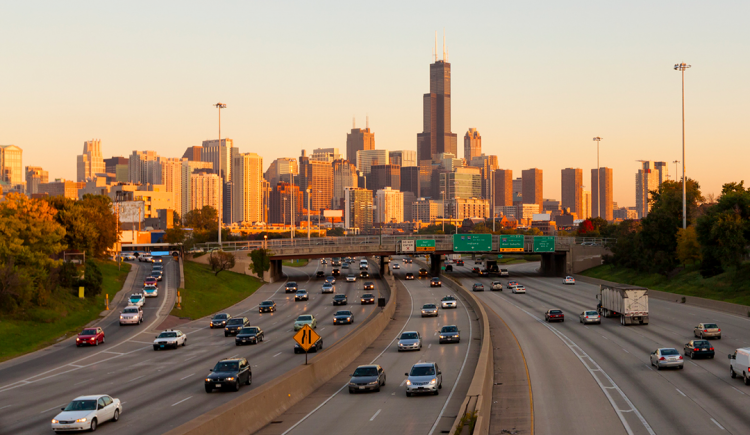The COVID-19 pandemic significantly impacted moving trends in the U.S., with remote opportunities providing buyers more flexibility when it comes to deciding on a locale, allowing them to save by purchasing farther away from dense urban centers. Have trends continued on this path since? According to a new Zillow report, largely yes, but there have been some outliers.
The Commute Discount
A shorter commute often comes at a premium. Homes within a 10-minute commute of a metro’s downtown job center are among the most expensive in 18 of the 35 metros analyzed. These areas also had the fastest-growing home values in nine of those metros as of 2017.
But not all markets provide a discount for moving away from urban centers. In fact, in some areas, a shorter commute has become more attainable. According to the report, a 10-minute commute in New York is now $73,673 cheaper than it was in 2019, while a Detroit home with a 10-minute commute is $101,228 more expensive.
Lifestyle is still king in today’s market. Buyers who have the flexibility to work from home are prioritizing larger, more affordable homes, and so location doesn’t matter. Some flock to less expensive suburban markets, and others remain near urban centers if the price is right.
“Homebuyers are placing less of a premium on a short commute thanks to the rise of remote work,” said Zillow economic data analyst Nicole Bachaud. “Americans are searching for a combination of affordability and more space, whether that’s outdoor space or an extra bedroom to turn into a home office. In expensive, dense markets, that usually means a home farther out from the downtown core, which is more palatable when you don’t need to commute every day, if at all. In more sprawling metros, buyers are flocking to less expensive downtown cores, bringing a renewed interest to these city centers.”
Changing Traffic Patterns
For those who continue to commute, however, the decision becomes more complex. Since the pandemic hit the U.S., traffic has fluctuated and new patterns have emerged.
“The pandemic significantly impacted roadway congestion levels, traffic patterns and the timing of traditional ‘rush hours’ across America,” says HERE traffic data scientist Kyle Jackson. “Remote work flexibility has contributed to morning rush hours being less congested and, in some markets, morning rush hour moved 60 minutes later. While highway traffic congestion plummeted in the early stages of the pandemic and is now rising rapidly across the country, local streets have been much less affected. Traffic levels have stayed stable at around 80% of pre-COVID levels since fall 2020. These traffic trends will be critical to examine as communities continue the Great Reshuffling.”
To access the full report, please visit www.zillow.com.
 Liz Dominguez is RISMedia’s senior online editor. Email her your real estate news ideas to lizd@rismedia.com.
Liz Dominguez is RISMedia’s senior online editor. Email her your real estate news ideas to lizd@rismedia.com.











